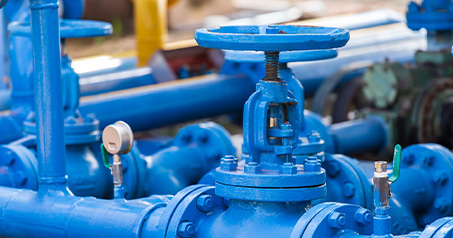డిసెం . 16, 2024 00:57 Back to list
back flow check valve
Understanding Backflow Check Valves Functionality and Importance
In various plumbing and industrial systems, preventing backflow – the undesirable reversal of water or other fluids – is vital for ensuring safety, efficiency, and compliance with health regulations. Backflow check valves are crucial components designed specifically to intercept this unwanted phenomenon, and understanding their functionality is essential for anyone involved in plumbing, water treatment, or industrial processes.
What is Backflow?
Backflow occurs when the normal flow of water is reversed, potentially contaminating potable water supplies. This can happen due to changes in pressure, such as a drop in water pressure during a fire event or the use of a hydrant. Backflow can carry harmful contaminants from the sewage system, or other sources into the drinking water supply, posing significant health risks.
Function of Backflow Check Valves
Backflow check valves operate as one-way gates. Their primary function is to allow fluid to flow in one direction while preventing it from flowing back. This is achieved through the design of the valve itself, which typically includes a disk or a ball that is lifted by the pressure of the fluid moving in the designated direction. If the flow stops or reverses, gravity or spring-loaded mechanisms close the valve, effectively sealing it off and preventing backflow.
Types of Check Valves
There are several types of check valves, each designed for specific applications and features. Some of the most common types include
1. Swing Check Valve This valve uses a hinged disc that swings open to allow flow and swings back to close against the seat when flow stops. It is suitable for horizontal and vertical applications but is usually preferred in horizontal piping.
2. Lift Check Valve Instead of swinging, this valve uses a disc that moves up and down. Flow lifts the disc, while gravity helps close it when the flow decreases. It's ideal for vertical installations.
3. Ball Check Valve This valve uses a spherical ball that seats itself against an opening to prevent backflow. Ball check valves can be very effective, although they may require more maintenance than other types.
back flow check valve

4. Diaphragm Check Valve Utilizing a flexible diaphragm, these valves offer low-pressure drop and are often used in applications involving corrosive fluids or a risk of sediment buildup.
Advantages of Backflow Check Valves
The implementation of backflow check valves provides numerous advantages, including
- Protection of Public Health By preventing contaminants from entering potable water systems, backflow check valves safeguard public health and meet regulatory safety standards.
- System Efficiency These valves help maintain the integrity and efficiency of plumbing and industrial systems. They help ensure that processes operate smoothly without interruptions caused by backflow.
- Cost-Effective Solution Investing in backflow prevention measures, including check valves, can save organizations from costly system repairs, potential liability issues, and health department penalties.
Installation and Maintenance
Proper installation of backflow check valves is crucial for their effectiveness. They should be installed by qualified professionals, strictly following the manufacturer's guidelines and local codes.
Regular maintenance is essential to ensure these valves operate effectively. Users should routinely check for debris build-up, wear, and any signs of damage. Periodically testing the valves, especially in high-risk applications, is recommended to uphold standards.
Conclusion
In conclusion, backflow check valves play an indispensable role in safeguarding water quality and preventing backflow in plumbing and industrial systems. By understanding their function, types, and advantages, stakeholders can make informed decisions about the necessary installations and maintenance practices. As regulations continue to tighten regarding water safety, the importance of these valves will only grow, underscoring the need for ongoing education and diligence in their application. Investing in high-quality backflow check valves and committing to their proper maintenance is not just a good practice; it is a vital step for protecting public health and ensuring the smooth operation of water systems.
-
Why Metric Trapezoidal Thread is Ideal for Precision Motion ControlNewsAug.05,2025
-
The Unique Properties of a Block of Granite for Industrial UseNewsAug.05,2025
-
The Role of Flanged Y Strainers in Preventing Pipeline ClogsNewsAug.05,2025
-
The Importance of Regular Calibration for Master Ring GagesNewsAug.05,2025
-
How a Cast Iron Surface Table Enhances Accuracy in ManufacturingNewsAug.05,2025
-
Comparing Different Check Valve Types for Optimal Flow ControlNewsAug.05,2025
Related PRODUCTS









